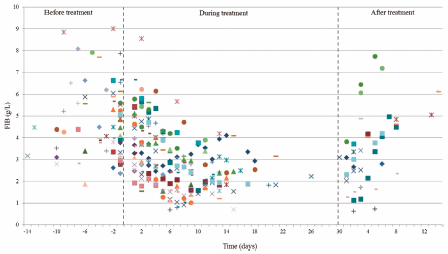- 著者
- Cheng Yang Jun Teng Chao Ning Wenwen Wang Shuai Liu Qin Zhang Dan Wang Hui Tang
- 出版者
- Japan Poultry Science Association
- 雑誌
- The Journal of Poultry Science (ISSN:13467395)
- 巻号頁・発行日
- pp.0210138, (Released:2022-05-25)
- 被引用文献数
- 2
Body measurement traits (BMTs), which are classical quantitative traits of vital responses to body growth, have been studied in pigs, cattle, and sheep for several decades. In chickens, BMTs mainly cover body slope length, keel length, chest width, chest depth, tibia length, and tibia diameter; however, their genetic markers are yet to be considered. In this study, the Wenshang Barred chicken, a meat-egg-type native breed in China, was used to investigate the association between BMTs and the expression of growth-related genes, including GH, IGF1, IGF2, GHRL, IGF1R, IGFBP2, GHF-1, and TSHB. The results revealed that the single nucleotide polymorphism (SNP) rs3138025 in GH was significantly associated with keel length (P = 0.0455 < 0.05), rs313810945 in IGF2 was significantly correlated with chest width (P = 0.0454 < 0.05) and chest depth (P = 0.0259 < 0.05), and rs317298536 in TSHB significantly affected chest depth (P = 0.0399 < 0.05). The SNPs were associated with traits reflecting body size and were potentially involved in bone growth, which was consistent with studies in humans, rodents, and other vertebrate species. In addition, a borderline significant association was found between rs317298536 and body weight (P = 0.0604). These polymorphic sites may be treated as candidate genetic markers in breeding programs involving Wenshang Barred chickens.
- 著者
- Bing Leng Yuan Chao Xue Wen Zhang Tian tian Gao Gen quan Yan Hui Tang
- 出版者
- The Pharmaceutical Society of Japan
- 雑誌
- Chemical and Pharmaceutical Bulletin (ISSN:00092363)
- 巻号頁・発行日
- vol.67, no.3, pp.258-264, 2019-03-01 (Released:2019-03-01)
- 参考文献数
- 32
- 被引用文献数
- 1 18
A number of clinical trials demonstrated that tigecycline was effective and well tolerated in the treatment of patients with various bacterial infections, but few literatures had shown the coagulopathy induced by tigecycline. To address this concern, we performed a retrospective analysis to assess the impact of tigecycline treatment on coagulation parameters in 50 patients with bacterial infections in our hospital (Shandong Provincial Hospital, China). These patients were treated with tigecycline at Shandong Provincial Hospital in 2015–2016 at either a recommended (50 mg q12h) or a higher dose (100 mg q12h). Coagulation parameters, including Fibrinogen (FIB) levels, prothrombin time (PT), activated partial thromboplastin time (aPTT), platelet count (PLT) and D-dimer, were evaluated in order to assess the impact of tigecycline treatment in these severely infected patients. What we found was that the plasma fibrinogen (FIB) level was 4.63 ± 1.56 g/L before tigecycline treatment, and decreased to 2.92 ± 1.23 g/L during treatment, which was statistically significant (p < 0.001). The mean values of aPTT and PT were significantly increased from 39.58 ± 8.72 to 44.05 ± 10.45 s (p = 0.002), and from 15.37 ± 1.53 to 16.37 ± 2.64 s (p = 0.004), respectively. This study demonstrates that treatment of tigecycline could reduce FIB, prolong aPTT and PT. In conclusion, we advise that it is necessary for practitioners routinely monitor coagulation level in at-rick patient populations treated with tigecycline.
